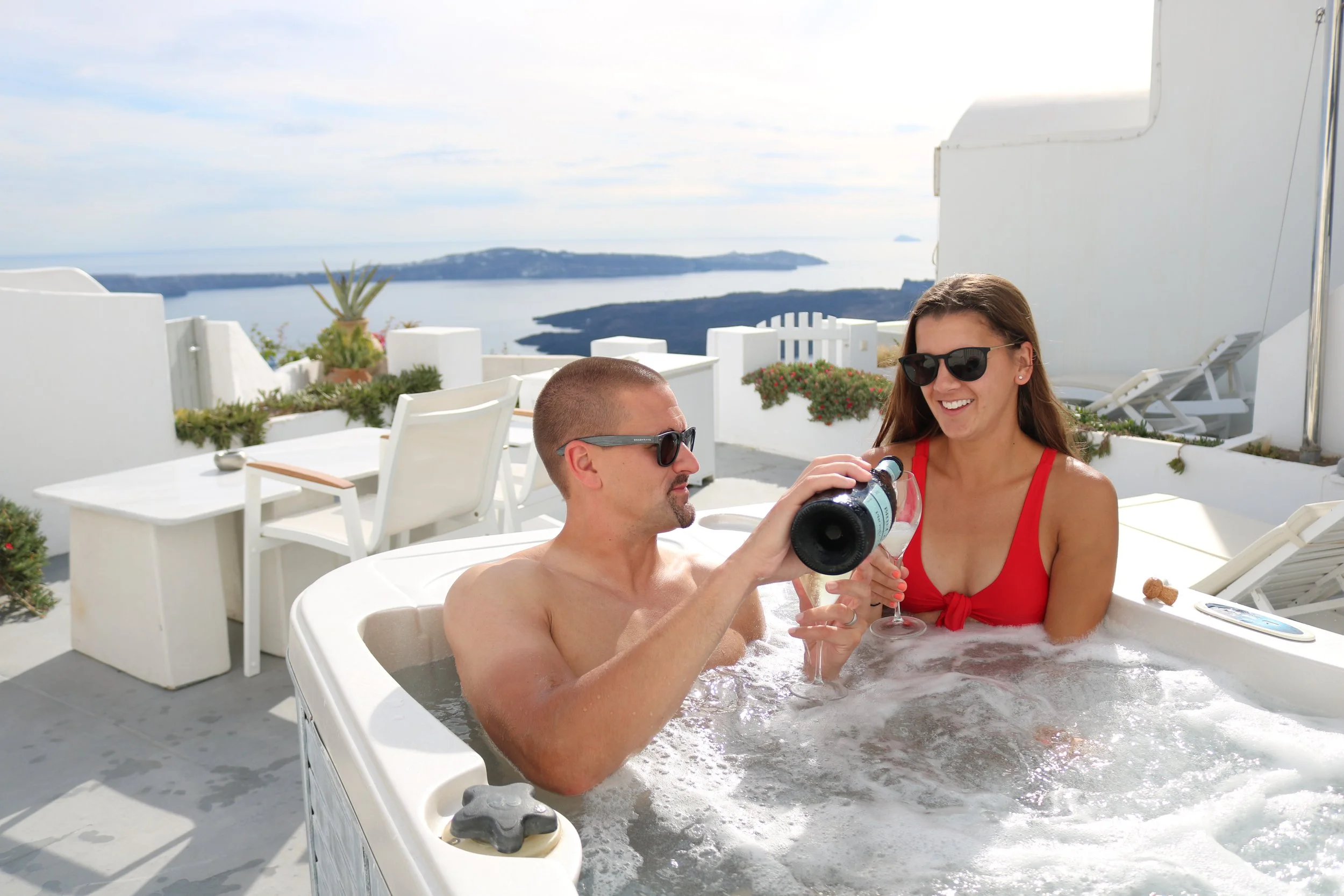Afternoon beverage by the sea in Mykonos
In October of 2021, we made a return trip to Athen’s and the Greek Isles, during what appears to be the end of year two of the COVID-19 pandemic. As passionate (some might say obsessive) international travelers, we couldn’t wait to get back over “the big pond” and Greece’s travel regulations and guidelines gave us the perfect opportunity to do so. The trip wasn’t all rainbows and butterflies however, so I wanted to write up this post to give insight into how we decided to go, how we actually managed to make it work and finally, how it went…
Our formula for making the go / no go decision:
First and foremost, traveling to Greece wasn’t an easy decision for us to make. There were so many thoughts creeping into our heads about going…What if we got stuck there? What if we got COVID and brought it back to our girls? Were restaurants and shops open? Was it even socially responsible to go?
So we did our research on the questions that gave us the most concern:
Rooftop of La Plaka hotel (Athens)
Could we get stuck in Greece? This was the toughest risk to take because technically the answer was yes. If we tested positive before returning home, Air France would not allow us on our flight. We would need to test negative before returning home. The girls would need child care…
Was everything open? Yep, sure was. (And as it turns out, it was a booming year for American tourists in Greece.)
Was it risky to bring home COVID? We decided to address this one from a couple directions. First and foremost, we watched COVID numbers in Greece and decided that a significant downward trend in cases would give us the green light. We also directionally followed Greek vaccination rates (71% at the time).
Was it socially responsible to go? Well, I guess it depends on which way you want to look at it. We are fully vaccinated travelers, obeying the rules set forth by governing bodies on both sides of the ocean (including mask wearing). So we decided that we could either set a great example of how we could socially responsibly travel (if this is truly the new way of life), or we could not go and leave it up to someone else.
And obviously, if I’m writing this, we decided to green light the trip. Throughout our trip, we wore our CDC approved N95s (on flights and in airports), ate primarily outside, upgraded tickets where possible to reduce crowds and obeyed the rules set forth by Greece. While I completely respect anyone else that wouldn’t have made the same decision, we are extremely grateful that we went.
Travel abroad is stressful enough right? (How we navigated this new travel experience).
Making the decision to travel was one thing, but actually executing on it was another. We’re used to the unpredictability and obsessive planning that international travel requires … outside of pandemic requirements. But this new age of travel brought on a whole new wave of hoops, jumps and side-skips to navigate. Here’s the detailed version of what we needed and researched to get to Greece, travel within Greece and then get back to the United States:
Kailah dockside in the old port of Mykonos
To get into Greece (and board the flight in the US): Vax card (fully dosed) or proof of negative viral COVID test 72 hours prior to departure, or a doctors note showing full recovery from COVID in the previous 90 days. (Please note that we traveled through Paris, as French requirements accepted vaccination to transit through their country at the time of our travel). Also, Greece randomly tests arrivals into the country with rapid COVID tests. If you test positive, you will be expected to quarantine. We did not get tested, but saw several travelers diverted to temporary testing booths.
Passenger Locator Form (PLF): this document is also required by Greece for entry into the country. IMPORTANT: you need to fill this our 48 hours before your departing flight (It might actually be 48 hours before arrival, but just play it safe). If you do not do this, you will not be allowed on your flight. Link to the form here.
Passport and surgical mask: Ah, yes the passport is still required. A surgical mask is also required during the flight. We chose the PurDefense N95 masks, as they are approved by the CDC for effectiveness.
Internal Greek travel: When traveling to the islands by air or boat, we had to comply with the same rules as in #1 and #3 above AND needed to fill out a passenger health questionnaire before boarding this boat. This was sent via email before departure from the booking company. An electronic version of this document was acceptable.
Indoor restaurant seating: On our first night on the island of Santorini we had planned to eat at our favorite Imerovigli restaurant called the Aegeon Restaurant. We had reservations to sit on the side of the caldera, in the open air. The October weather had other plans for us, so we were forced to be inside. The restaurant required a fully dosed vaccination certificate in order to sit down and be served.
Return trip to the United States: to board our flight back into the US, we had to fulfill #3, show a negative viral test within three days of our departing flight (specifically three days instead of 72 hours, as the US gives this flexibility in our policy) and fill out a passenger attestation regarding COVID. The attestation paperwork is handed out at the gate before the flight. Please note that a vaccination card is not sufficient to board your flight for the US. However, we found it EXTREMELY easy to find viral testing stations all over Greece. The process took a total of 30 minutes from test taking to results being received and cost us 15 euros a test (~$17). This is a European approved test and meets the requirements of the US.
Phew…that’s it? ;)
The famous windmills of Mykonos
Lastly, was it worth it?
If you are still reading, you must be wondering “Sooo was it all worth it?!”. The short answer from Kailah and I is that it was absolutely worth jumping through all of the hoops to be able to spend time together doing what we love. With that being said, I can easily see why this would be an incredibly stressful experience for some people and far from the relaxing vacation that they desire. After all, we LOVE planning, booking and experiencing. Not everyone loves all three.
So what went as expected and what didn’t?
What worked:
All of our planning and research relating to COVID travel to Greece paid off big time. The transportation side of the trip went very smoothly (we had all of our documentation / requirements).
Everything was OPEN. We didn’t experience any issues with businesses not being open while in Greece.
Time of year. October was the perfect time to visit Greece. We loved the low crowds, slightly cheaper cost and still very pleasant temperatures (65-75 F the entire trip).
It’s freaking Greece…it’s just a beautiful country, with incredible food and people. We can’t wait to be back and explore more of the islands.
What didn’t:
Naousa, Paros from our drone’s view
Boston Logan economy parking is still completely closed (we had to spend significantly more to park in Central Parking last minute).
Airport restaurants haven’t fully recovered / adjusted to the ever changing pandemic. For example, there was only one restaurant open at Boston Logan when we arrived for our 5:30 PM flight (we wanted to grab dinner before the 7 hour trip to Paris). Another restaurant finally opened up right before our flight, but they hadn’t even renewed their liquor license yet.
We had a ferry cancel on us right before the trip (we assume due to the lack of passengers). It ended up being one of two ferries from Mykonos to Paros that day, so we ended up needing to take a late ferry to Paros and didn’t get to spend much time on the island.
Sunset from Imerovigli (Near our hotel)
All in all, this was another incredible adventure for us. The only problem is that it “scratched an itch” that only further fed our passion for international travel. It left us remembering how amazing the world still is (after being so isolated for so long) and finding ourselves constantly thinking about getting back out there and helping others do the same.
For those thinking about any COVID-era trip, I hope this helps provide a lens into the challenges, but benefits of getting back out into the world.
Cheers!
Kyle









